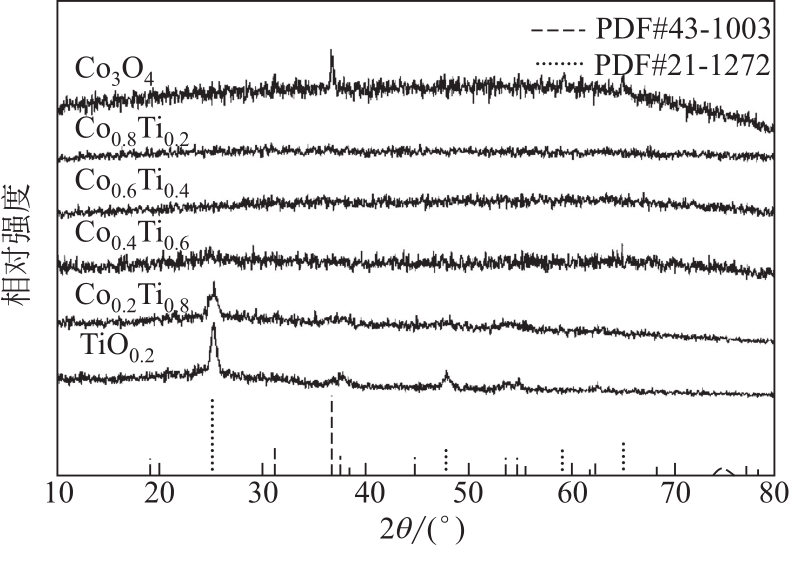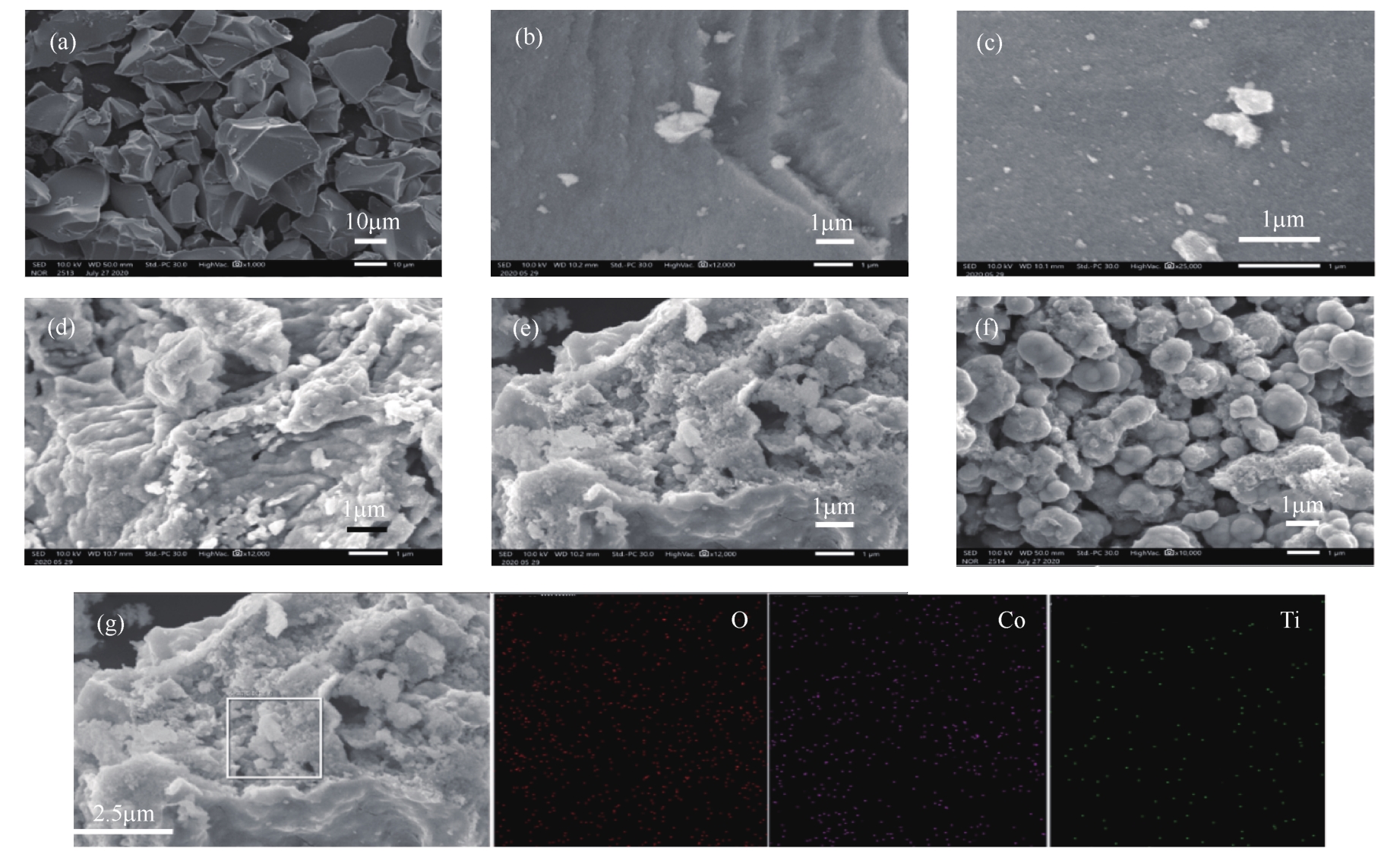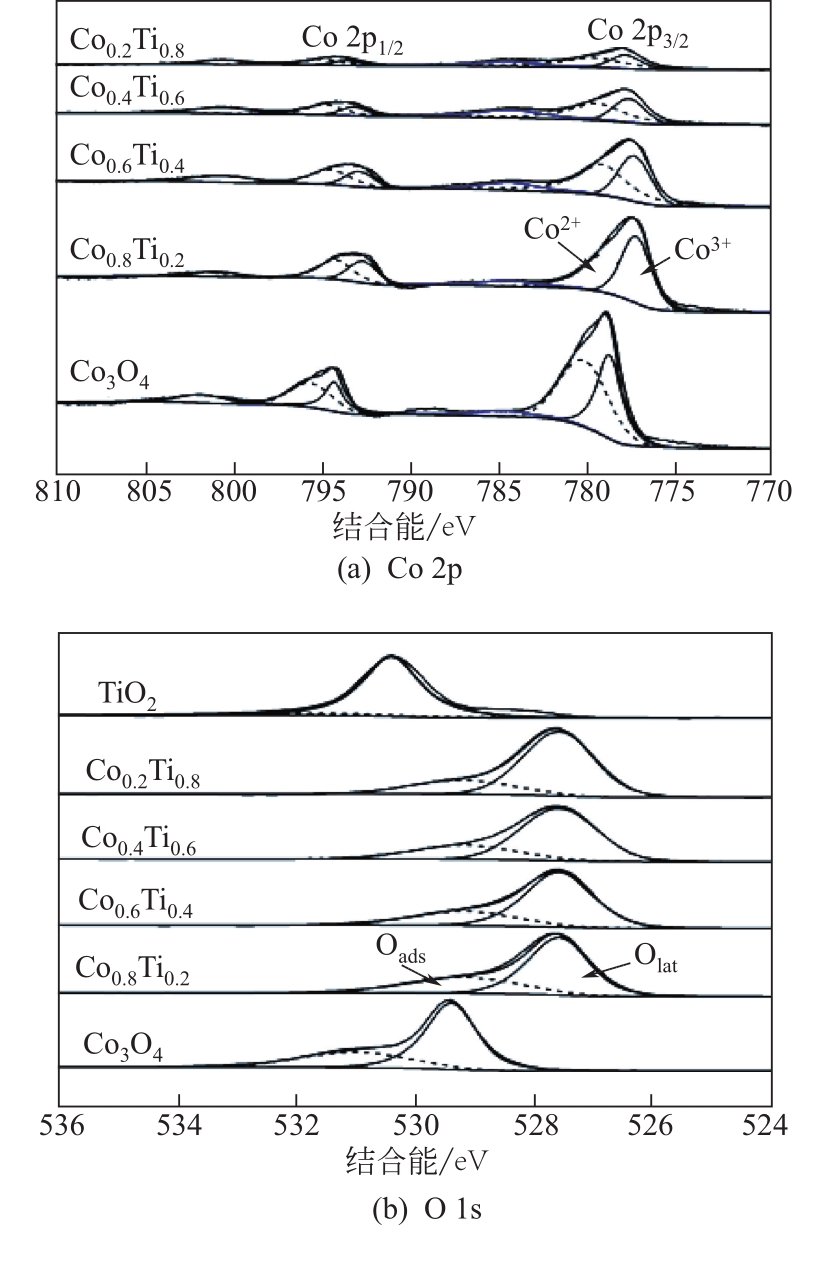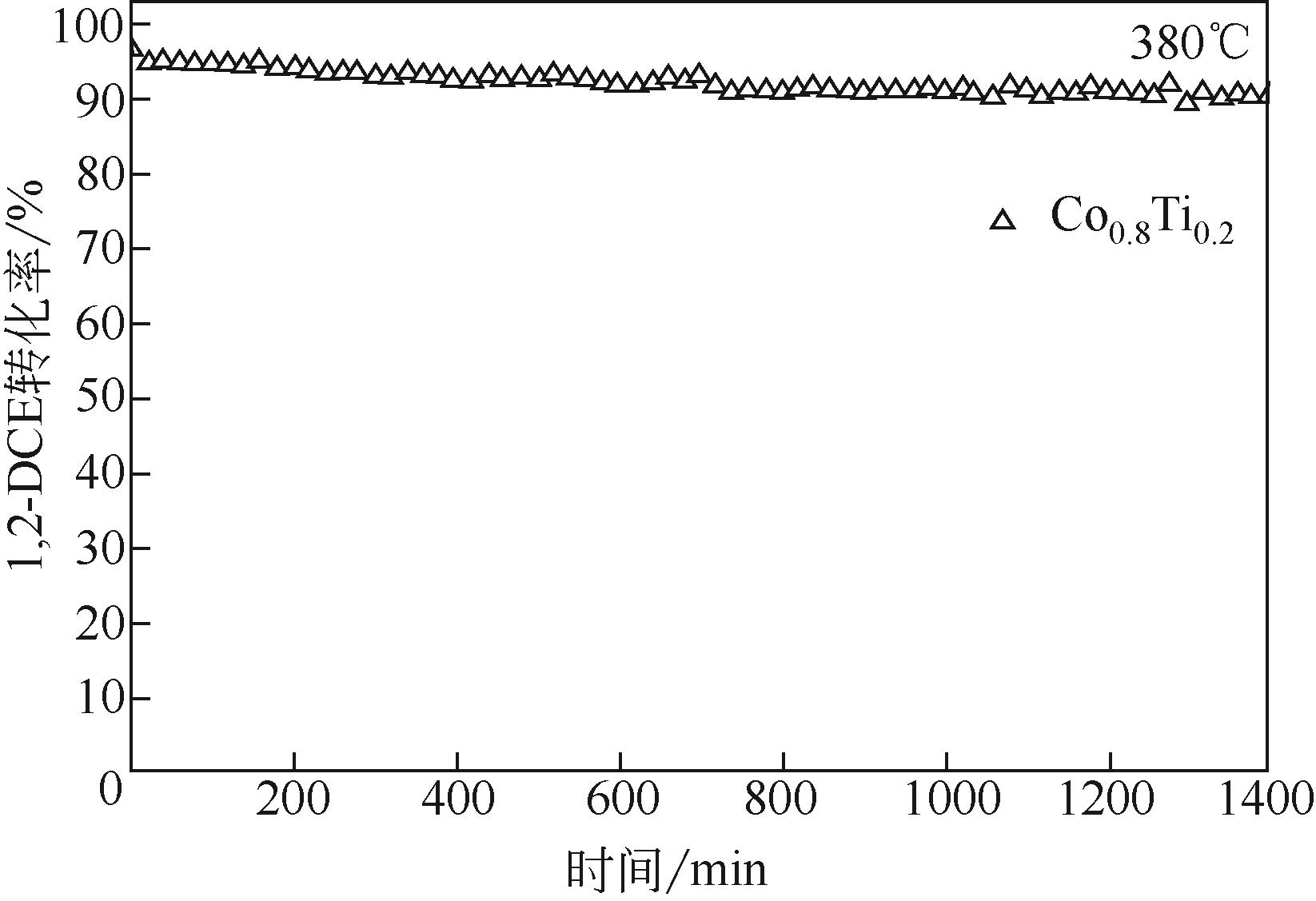| 1 |
楚英豪, 宋欣橙, 冯欣怡, 等. 制备方法对CeO2及CoOx/CeO2催化燃烧甲苯的影响[J]. 工程科学与技术, 2020, 52(3): 186-193.
|
|
CHU Yinghao, SONG Xincheng, FENG Xinyi, et al. Effect of preparation methods of CeO2 and CoOx/CeO2 on catalytic combustion toluene[J]. Advanced Engineering Sciences, 2020, 52(3): 186-193.
|
| 2 |
高寒, 董艳春, 周术元. 贵金属催化剂催化燃烧挥发性有机物(VOCs)的研究进展[J]. 环境工程, 2019, 37(3): 136-141.
|
|
GAO Han, DONG Yanchun, ZHOU Shuyuan. Catalytic combustion of volatile organic compounds by noble metals catalysts[J]. Environmental Engineering, 2019, 37(3): 136-141.
|
| 3 |
ZHAO Haijun, HAN Weiliang, TANG Zhicheng. Tailored design of high-stability CoMn1.5Ox@TiO2 double-wall nanocages derived from Prussian blue analogue for catalytic combustion of o-dichlorobenzene[J]. Applied Catalysis B: Environmental, 2020, 276: 119133.
|
| 4 |
LI Jingwei, ZHAO Pei, LIU Shantang. SnOx-MnOx-TiO2 catalysts with high resistance to chlorine poisoning for low-temperature chlorobenzene oxidation[J]. Applied Catalysis A: General, 2014, 482: 363-369.
|
| 5 |
FEI Xiaoqi, CAO Shuang, OUYANG Weilong, et al. A convenient synthesis of core-shell Co3O4@ZSM-5 catalysts for the total oxidation of dichloromethane (CH2Cl2)[J]. Chemical Engineering Journal, 2020, 387: 123411.
|
| 6 |
张悦, 刘志英, 李溪, 等. 添加铈对Cu-Co-O催化剂催化燃烧VOCs性能影响[J]. 中国环境科学, 2017, 37(6): 2087-2091.
|
|
ZHANG Yue, LIU Zhiying, LI Xi, et al. Effect of Ce on the activity of Cu-Co-O catalyst in catalytic combustion of VOCs[J]. China Environmental Science, 2017, 37(6): 2087-2091.
|
| 7 |
YANG Peng, YANG Shanshan, SHI Zhinan, et al. Deep oxidation of chlorinated VOCs over CeO2-based transition metal mixed oxide catalysts[J]. Applied Catalysis B: Environmental, 2015, 162: 227-235.
|
| 8 |
LAO Yijie, ZHU Naxin, JIANG Xingxing, et al. Effect of Ru on the activity of Co3O4 catalysts for chlorinated aromatics oxidation[J]. Catalysis Science & Technology, 2018, 8(18): 4797-4811.
|
| 9 |
CAI Ting, HUANG Hao, DENG Wei, et al. Catalytic combustion of 1,2-dichlorobenzene at low temperature over Mn-modified Co3O4 catalysts[J]. Applied Catalysis B: Environmental, 2015, 166/167: 393-405.
|
| 10 |
DENG Wei, DAI Qiguang, LAO Yijie, et al. Low temperature catalytic combustion of 1,2-dichlorobenzene over CeO2-TiO2 mixed oxide catalysts[J]. Applied Catalysis B: Environmental, 2016, 181: 848-861.
|
| 11 |
CHEN Lin, HU Fengchun, DUAN Hengli, et al. Intrinsic ferromagnetic coupling in Co3O4 quantum dots activatedby graphene hybridization[J]. Applied Physics Letters, 2016, 108(25): 252402.
|
| 12 |
SHARMA Yogesh Kumar, KHARKWAL Mamta, UMA S, et al. Synthesis and characterization of titanates of the formula MTiO3 (M=Mn, Fe, Co, Ni and Cd) by co-precipitation of mixed metal oxalates[J]. Polyhedron, 2009, 28(3): 579-585.
|
| 13 |
戴启广, 王幸宜. 含氯挥发性有机物废气在CeO2基催化剂上的低温催化燃烧净化: 从高活性到高稳定性再到高选择性[J]. 工业催化, 2020, 28(4): 1-15.
|
|
DAI Qiguang, WANG Xingyi. Low-temperature catalytic combustion of chlorinated volatile organic compounds over CeO2-based catalysts: from high activity to high stability and high selectivity[J]. Industrial Catalysis, 2020, 28(4): 1-15.
|
| 14 |
SUN Wei, GONG Binwei, PAN Jun, et al. Catalytic combustion of CVOCs over CrxTi1-x oxide catalysts[J]. Journal of Catalysis, 2020, 391: 132-144.
|
| 15 |
刘照, 程丽军, 胡鑫, 等. Mg改性对Co/γ-Al2O3-TiO2催化燃烧丙烷性能影响[J]. 燃料化学学报, 2020, 48(7): 867-874.
|
|
LIU Zhao, CHENG Lijun, HU Xin, et al. Effect of Mg modification on the catalytic performance of Co/γ-Al2O3-TiO2 in the combustion of propane[J]. Journal of Fuel Chemistry and Technology, 2020, 48(7): 867-874.
|
| 16 |
HE Chi, CHENG Jie, ZHANG Xin, et al. Recent advances in the catalytic oxidation of volatile organic compounds: a review based on pollutant sorts and sources[J]. Chemical Reviews, 2019, 119(7): 4471-4568.
|
 ), ZHU Pengfei, WU Shuaini, LI Na, HU Zhaoxia(
), ZHU Pengfei, WU Shuaini, LI Na, HU Zhaoxia( ), CHEN Shouwen(
), CHEN Shouwen( )
)
 ), 朱鹏飞, 吴帅妮, 李娜, 胡朝霞(
), 朱鹏飞, 吴帅妮, 李娜, 胡朝霞( ), 陈守文(
), 陈守文( )
)







